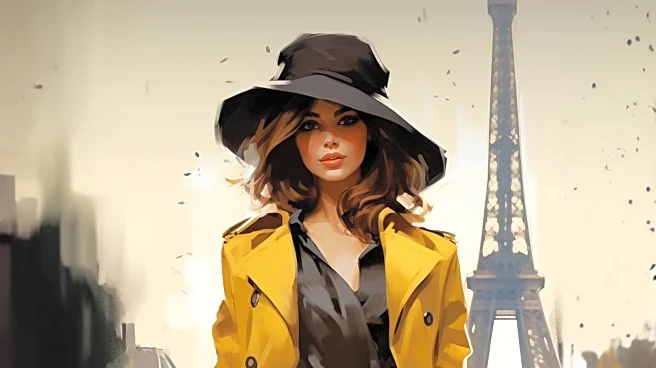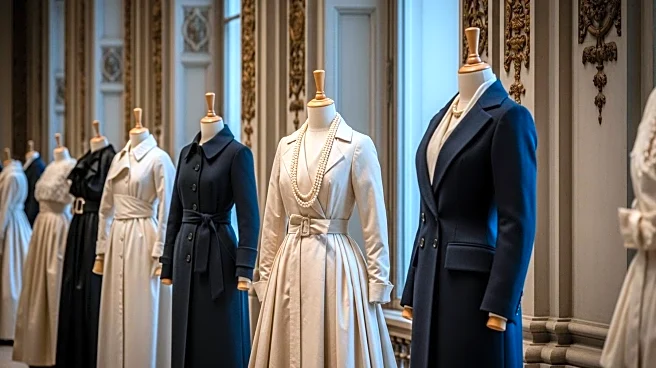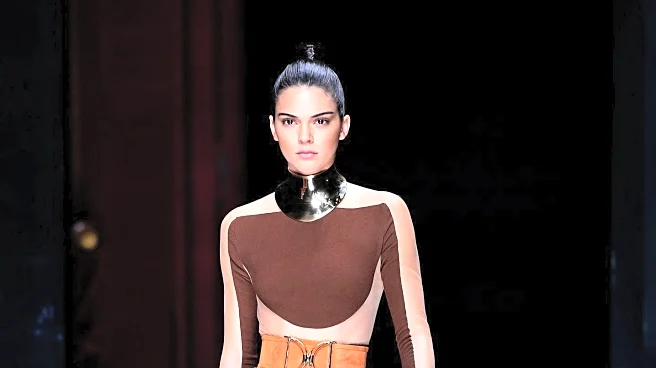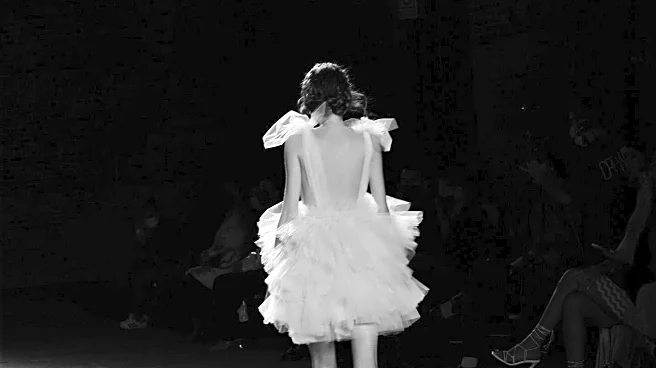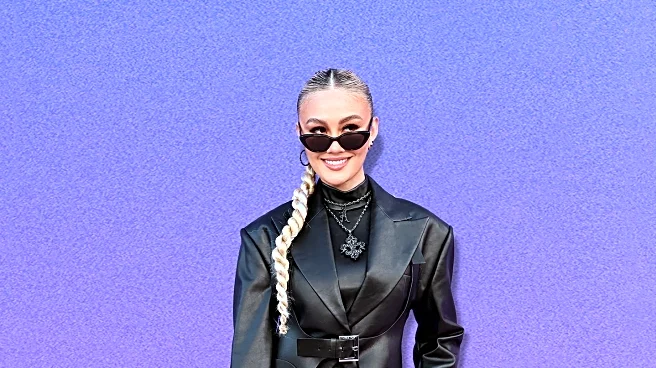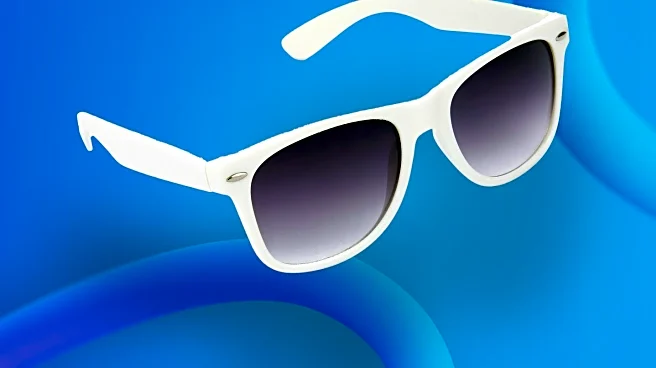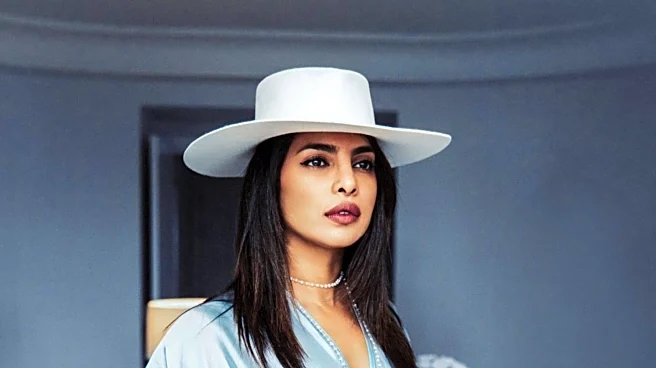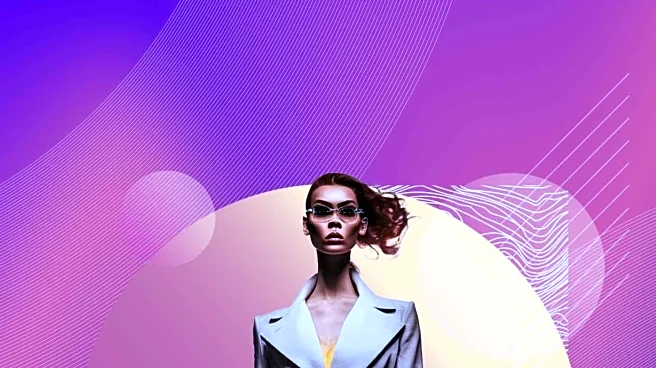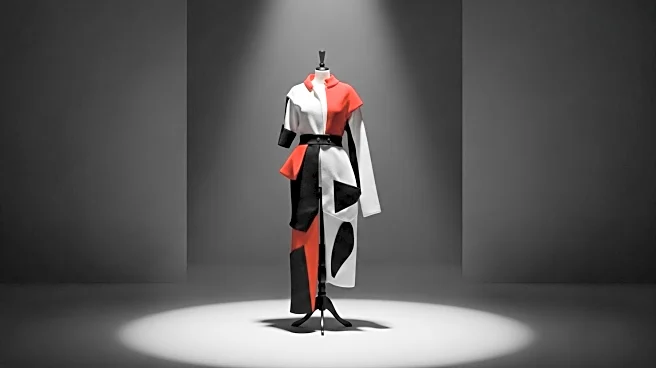What's Happening?
The fashion industry is witnessing a resurgence of vibrant colors as showcased in the Spring 2026 runway collections. Designers are encouraging a playful approach to fashion, moving away from traditional color palettes. Notable trends include the use of hunter green as a versatile alternative to navy, and eggplant as a neutral shade for outerwear. Gray is being reimagined as a liberating color, suitable for office wear, while yellow is being positioned as a fresh substitute for khaki. Black remains a staple, with designers emphasizing its compatibility with bright colors. Pink is highlighted as an easy-to-incorporate shade, offering versatility across various outfits. The collections also suggest combining multiple colors, such as blue with acid green, to create dynamic and visually appealing ensembles.
Why It's Important?
The shift towards vibrant colors in fashion reflects broader cultural and societal trends, emphasizing individuality and self-expression. This change could influence consumer behavior, encouraging more adventurous fashion choices and potentially boosting sales in the fashion industry. The emphasis on color diversity may also impact retail strategies, with stores likely to stock a wider range of colorful garments. This trend aligns with a growing demand for unique and personalized fashion, challenging traditional norms and offering consumers more options to express their personal style. The fashion industry's embrace of color could also inspire other sectors, such as interior design and cosmetics, to adopt similar approaches, fostering creativity and innovation across industries.
What's Next?
As the fashion industry continues to embrace vibrant colors, designers and retailers may focus on creating collections that cater to diverse consumer preferences. Fashion brands might invest in marketing campaigns that highlight the versatility and appeal of colorful garments, aiming to attract a broader audience. Additionally, fashion weeks and industry events could feature more experimental designs, showcasing the creative potential of color combinations. Retailers may adjust their inventory strategies to include a wider array of colorful options, anticipating increased consumer interest. The trend could also lead to collaborations between fashion brands and artists, exploring new ways to integrate color into fashion.
Beyond the Headlines
The embrace of vibrant colors in fashion may have deeper implications, challenging traditional notions of professionalism and formality in dress codes. As more workplaces adopt flexible dress policies, colorful attire could become more acceptable in professional settings, reflecting a shift towards inclusivity and diversity. This trend might also influence cultural perceptions of color, encouraging individuals to explore new ways of expressing identity through fashion. The focus on color could inspire discussions about sustainability, as consumers seek eco-friendly options that align with their personal style. The fashion industry's move towards vibrant colors may ultimately contribute to a broader cultural shift, promoting creativity and self-expression.

